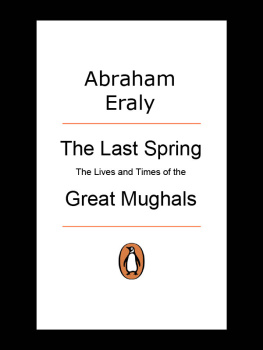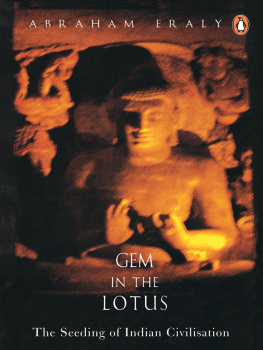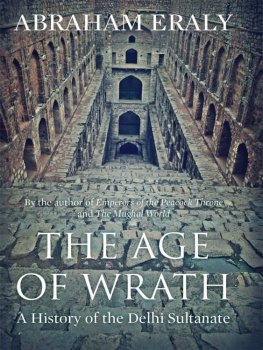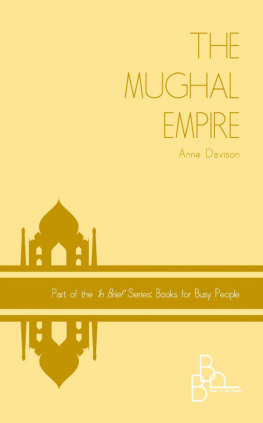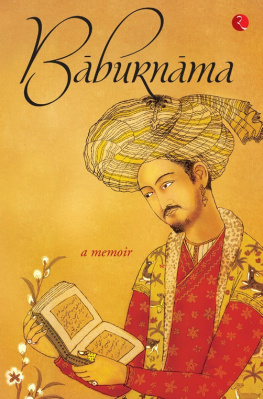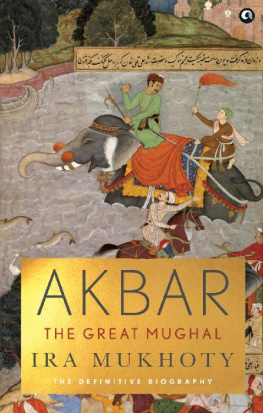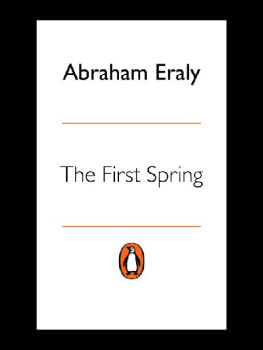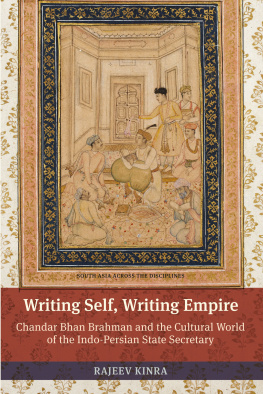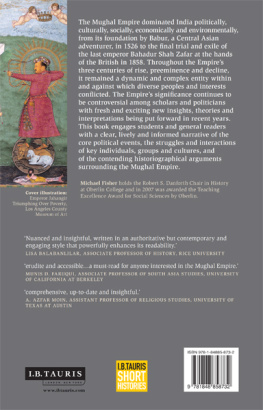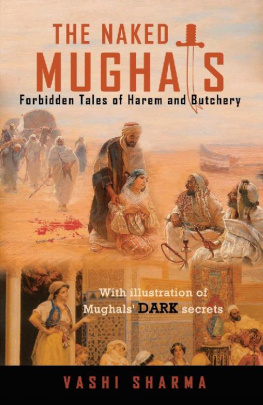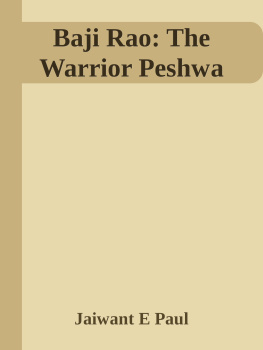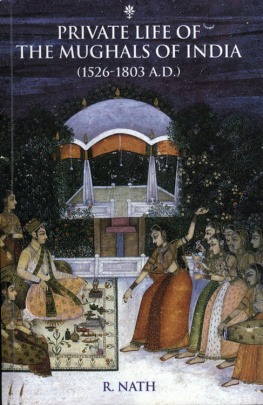The gods have been kind to this unbeliever. At every moment of pressing need, as I plodded on interminably with the work on this book, I have received the needed support, often from unexpected sources and in unexpected ways, even without my asking for it, as a gift from the gods.
Several friends read portions of the manuscript at different stages and gave help and encouragement. Of them I have to make a special mention of two, Sita Srikanth and Nancy Gandhi, whose contributions have been direct and crucial, and have mattered to me far more than I have ever had the grace to show.
Sita, a colleague of mine when I was living disguised as the editor of a fortnightly magazine, was the first person with whom I discussed this project. She then scoured the libraries and pressed books on me, and did much to harden my tenuous idea into a firm project. Later, she read through the entire first draft of the book, making valuable suggestions and hectoring me to work harder, challenging me to be better than I am, often flinging at me the very precepts on which I used to hold forth at editorial meetings. Her support has been invaluable in sustaining this project.
Equally invaluable has been the contribution of Nancy, who came in when I was completing the second draft and was desperately looking for someone to read it before I went in for the final revision. Nancy, patient and thorough, punctilious in observing grammar conventions and puritanical in her aversion to ornamentation, has been the ideal editor for me, better than I could have dreamed of. She gave me the second wind needed to complete this work.
I should also record my gratitude to S. Krishnan, who read the early chapters of the book and buoyed me up with his enthusiasm; to Dr. C. T. Kurian, whose critical comments enabled me to firm up the chapter on Mughal economy; to David Davidar, Editor and Publisher of Penguin India, whose prompt and positive response to the book saved me all the soul-numbing publishing hassles; and to Ravi Singh, my editor at Penguin, who expertly put the book through its final paces.
Preface
I have in my study, on the old, worm-hole pitted teak desk at which I work, an antique stone head of Buddha, less than a foot high, which I had picked up many years ago in Madras from a pavement junkwallah. It is a fine piece, its chiselled features perfect, head slightly bent sideways, as if trying to anchor a memory or a dream, eyes half-closed meditatively. A thick patina of grime tinges the handsome, serene face with a peculiar sadness, the anguish of a compassionate outsider, concerned with the human predicament, but not involved with it.
Over the years, as I laboured on this book, the dispassionate compassion of Buddha had seemed to me the perfect ideal for students of history, though of course we would all fail disgracefully to live up to it, as the passions of our lives and the furies of our age knead and rework us continually on the slow wheel of time.
As time reworks us, we rework history. All works of history are interim reports, says American historian John Noble Wilford. What people did in the past is not preserved in amber... immutable through the ages. Each generation looks back and, drawing from its own experience, presumes to find patterns that illuminate both past and present.
Nothing ever quite dies. The past is nearly as alive as the present, and it changes as the present changes, the historical past as much as our personal past. The bare facts of history do not of course change, except for occasional emendations, but the way facts interlock and change colour to make patterns is unique to each generation, indeed to each historian. No particular representation of the past has therefore any absolute validity, and the value of any historical work depends largely on the felicitous catalysis of the personal vision into a universal vision. It is essentially a triumph of art.
The mutability of human perceptions apart, there are other obstacles to a definitive understanding of the historical processes. Man cannot, as Albert Camus says in The Rebel, grasp the totality of history since he lives in the midst of this totality. History, as an entirety, could exist only in the eyes of an observer outside it and outside the world. It is in fact impossible for man to know the final truth even about any particular event in history, however trivial it might be, for he, himself swirling in time, does not have the perspective to see all its relevant connections and discern where it would ultimately lead, as its consequences, intersecting with the consequences of myriad other events, proliferate endlessly into the future. Historical reason will never be fulfilled and will never have its full meaning or value until the end of history, argues Camus. The purely historical absolute is not even conceivable.
When we consider these all too evident limitations of writing history, it seems amazing that academic historians in modern times have generally laid claim to scientific precision for their methodology, and objective validity for their theories. Historical investigation has of course become more sophisticated lately, especially in the evaluation of archaeological and philological data. But this has come about mainly because of advances in science and technology, and not because of any radical change in the methodology of history. The character of history has not changed.
But the garb of historians has changed, for they have suited up for their new role as social scientists. Unfortunately, many historians, in their excitement at being recognized as social scientists, overlooked the fact that while scientific discoveries are sequential and mark a linear progresswith new discoveries displacing or modifying old theoriesnew interpretations of history seldom displace old interpretations, for they are only tenets, at best philosophies, not discoveries. The unpredictability of human affairs makes historical analysis, for all its vaunted scientific methodology, essentially an act of faith. What we find depends a lot on what we are.
There were other complications too. Observes Harvard professor Simon Schama: As historians institutionalized themselves into an academic profession, they turned away from historical realities to historiographical obsessions. Their focus then shifted from persons and events, the flesh and blood of history, to abstract structures of their own construction. This pursuit trapped historians in a maze of sophistry, the sterile, self-abusive game of thought, involving over-elaborations and supersubtleties which made little sense.
Now at last historians are beginning to grope their way out of the maze. And gradually, renouncing the conceits of the recent past, they are returning to their primary function, to resuscitate the past and release it into the present. That is what history is all about. Herodotus, the fifth century BC Greek father of history, has said it all in the opening sentence of his book: This is a publication of the researches of Herodotus Halicarnassus, in order that the actions of men may not be effaced by time... The historians profession, as the nineteenth-century French scholar Jules Michelet stated, is to bring things back to life. Says Schama: I have tried to bring a world to life rather than entomb it in erudite discourse.

